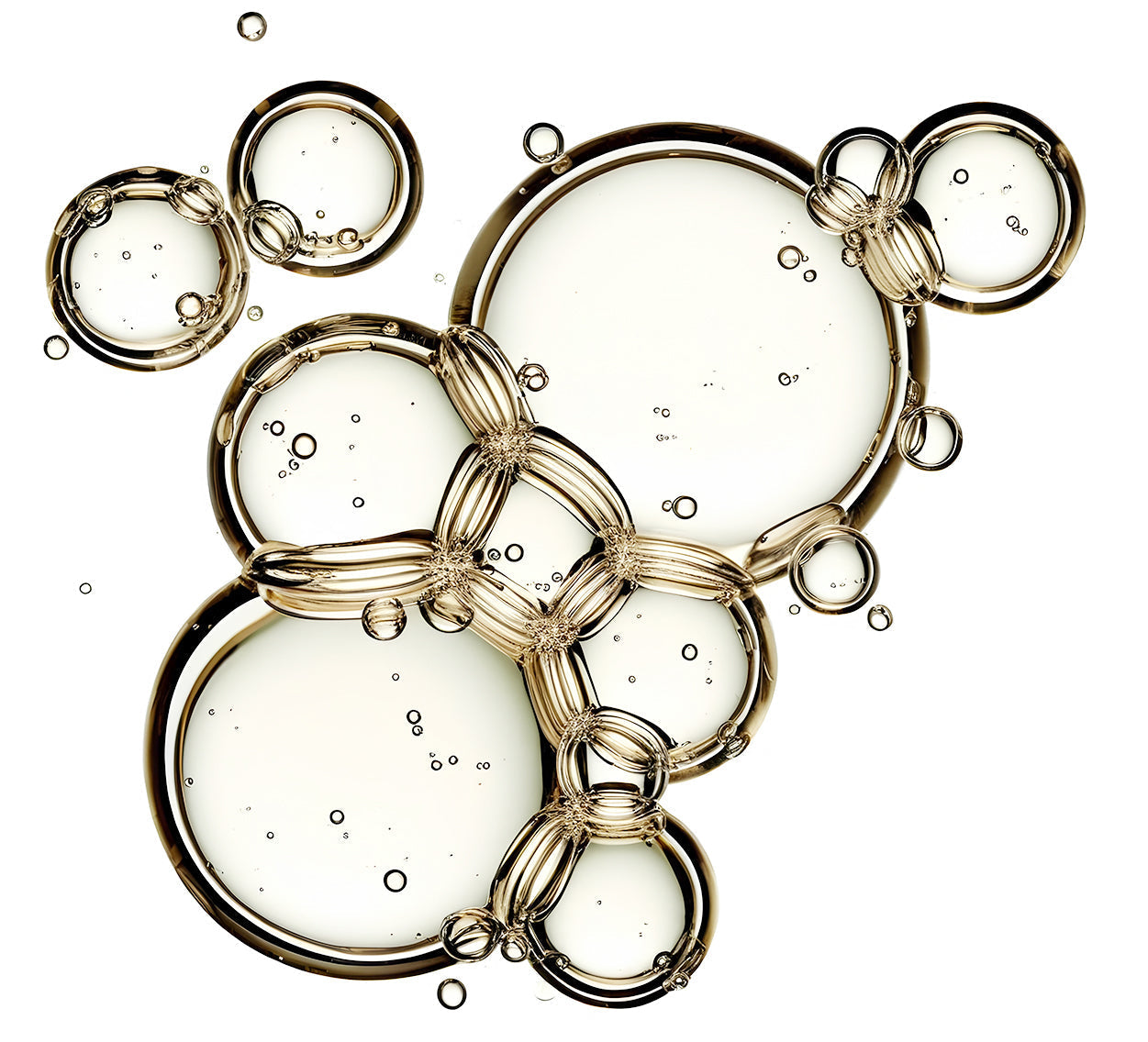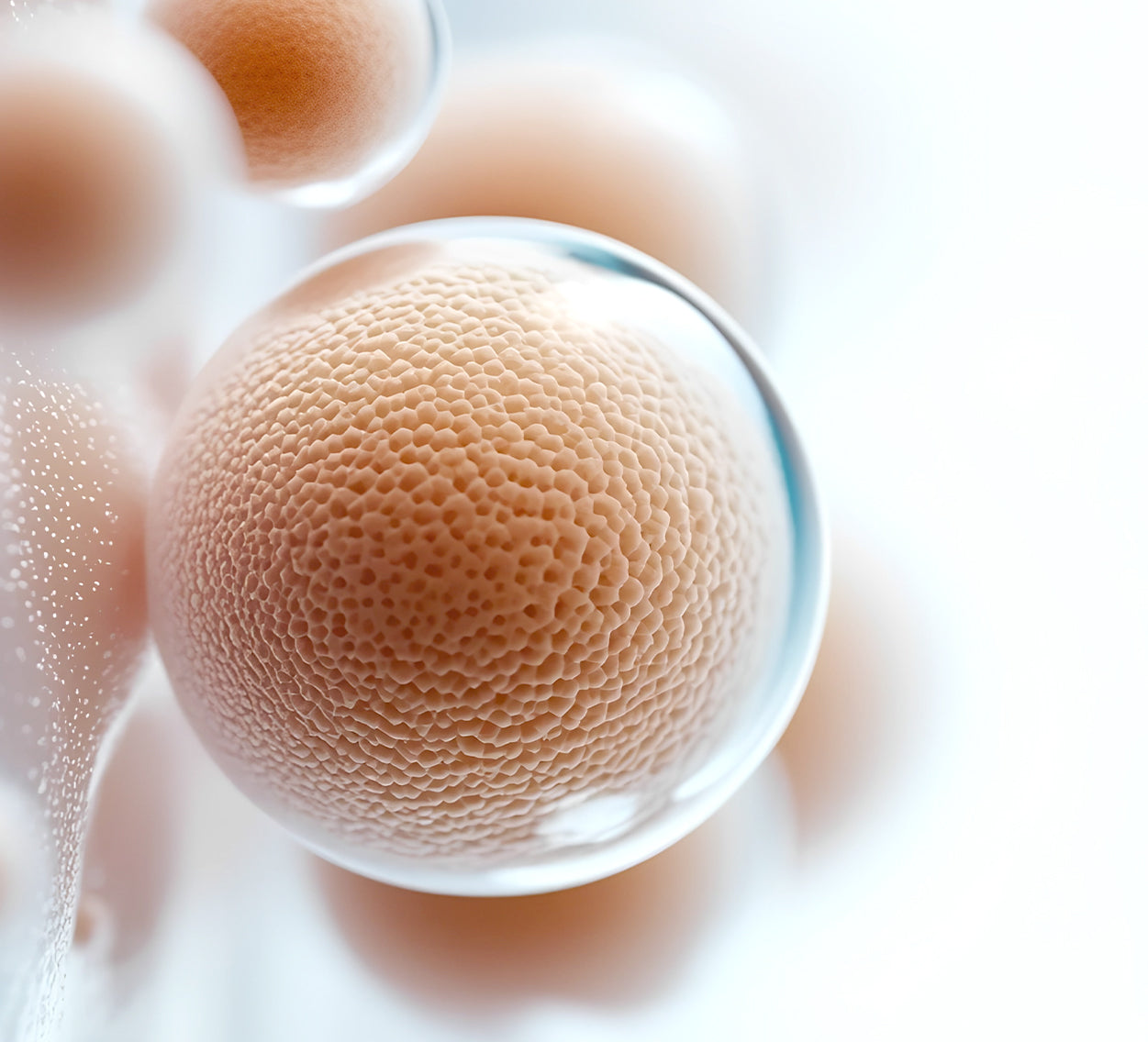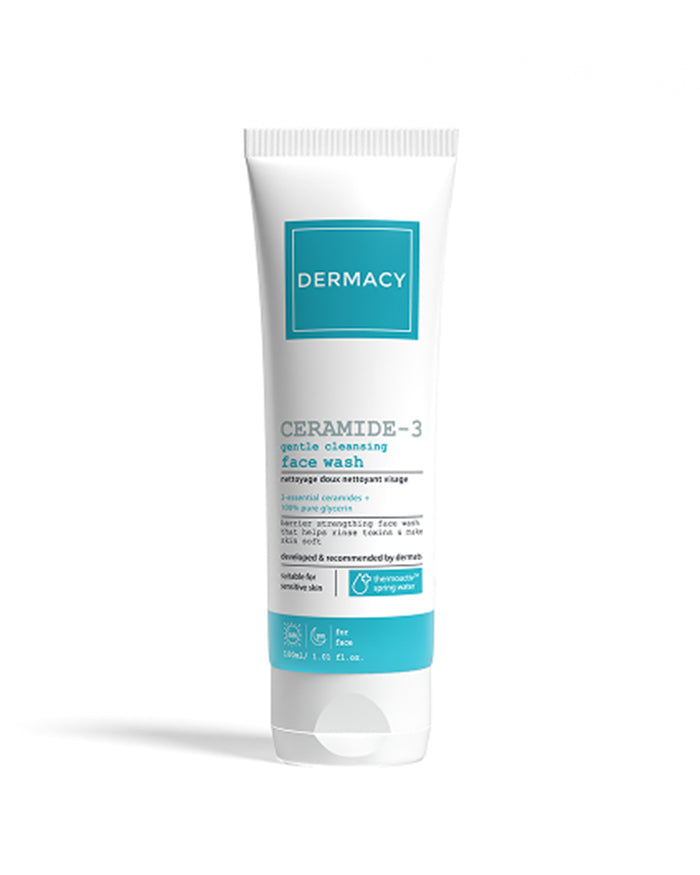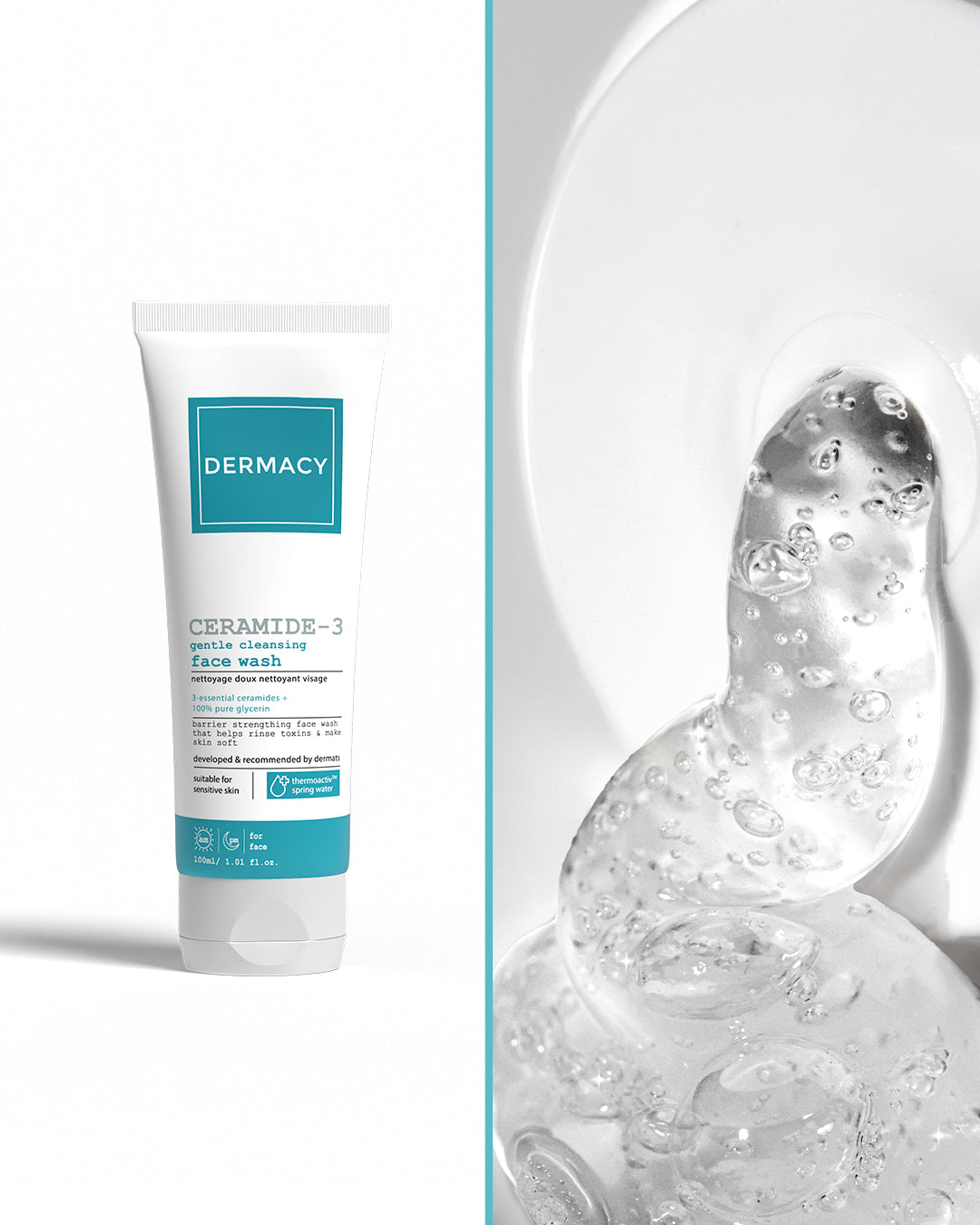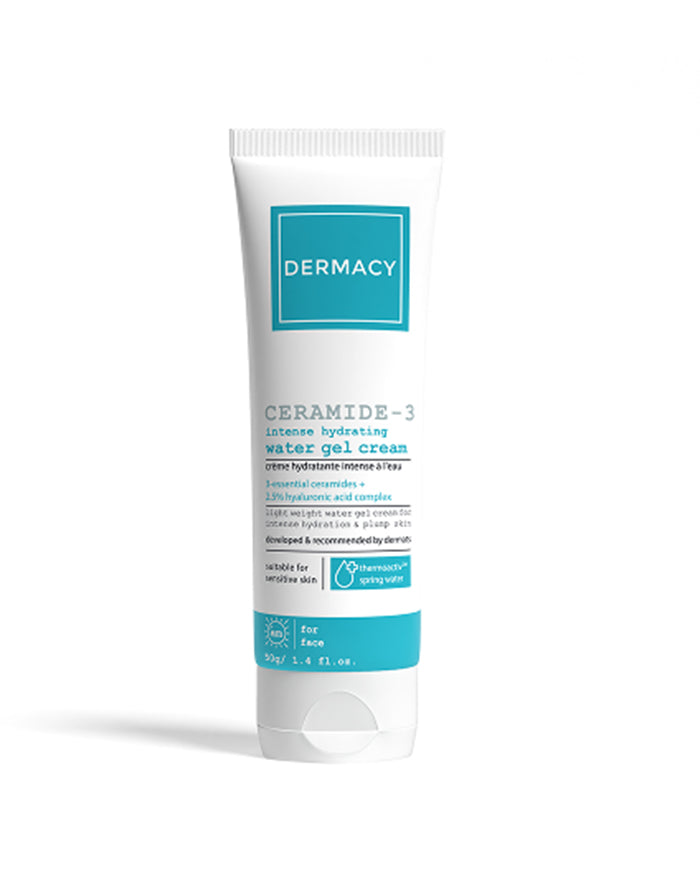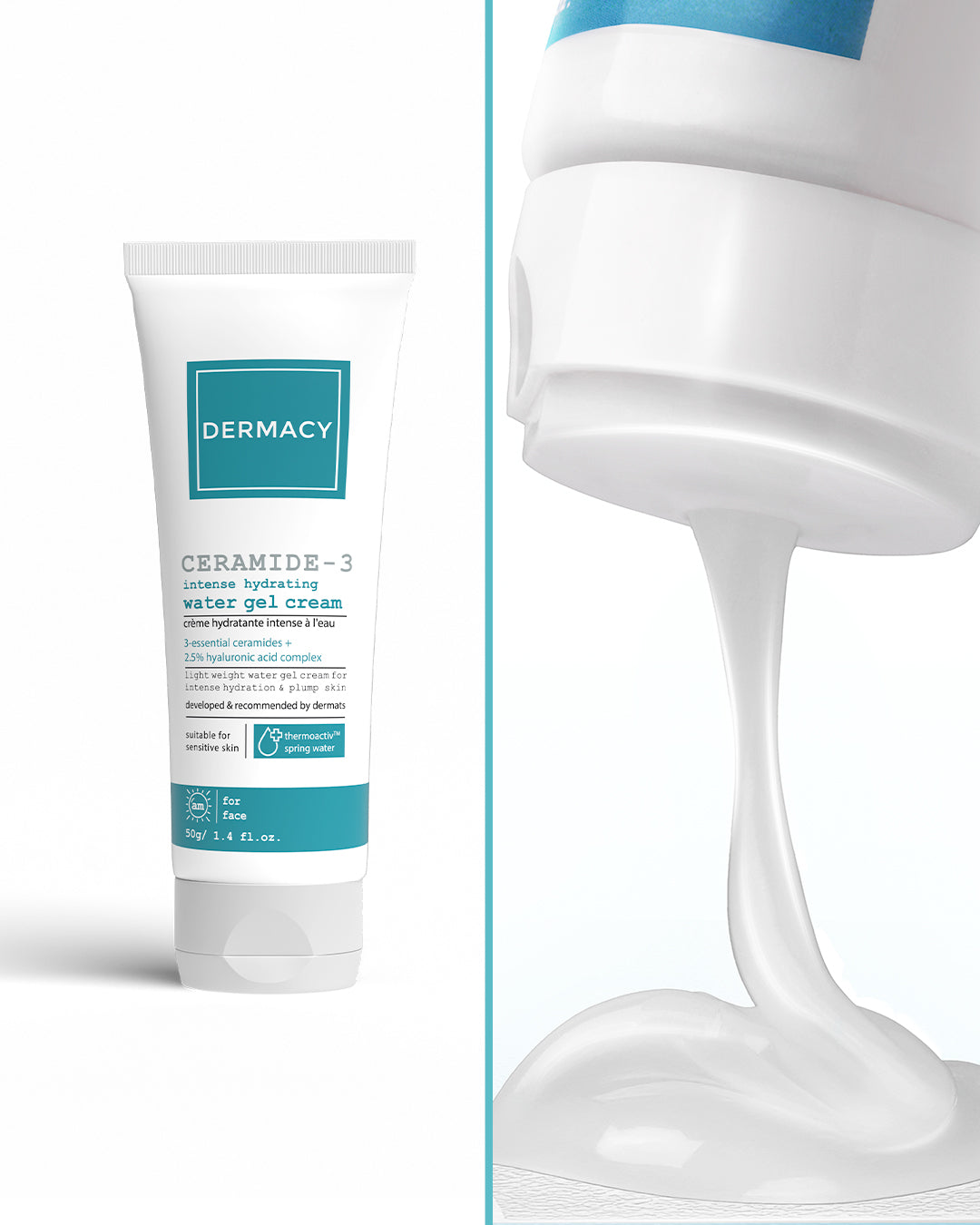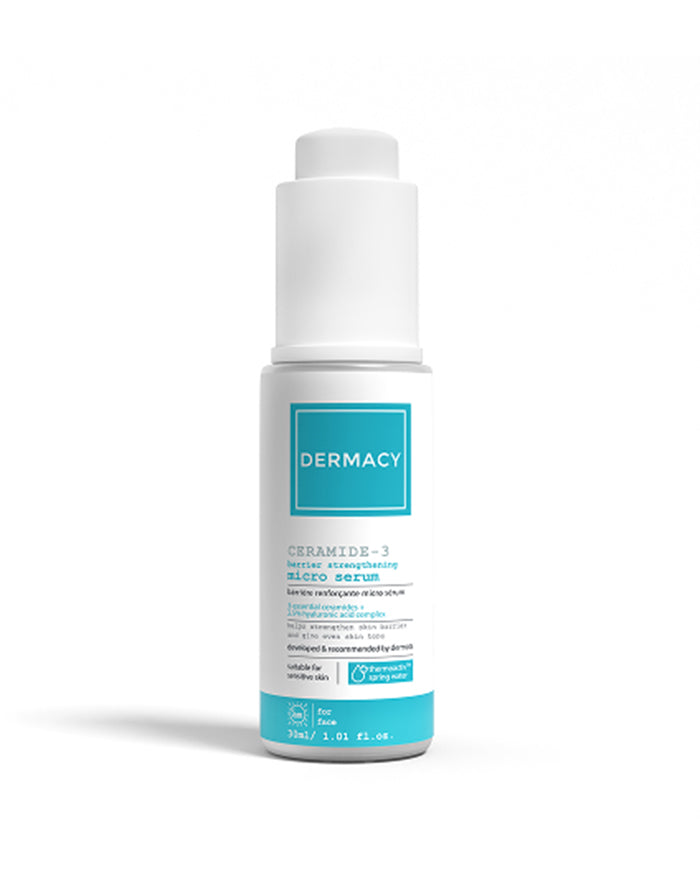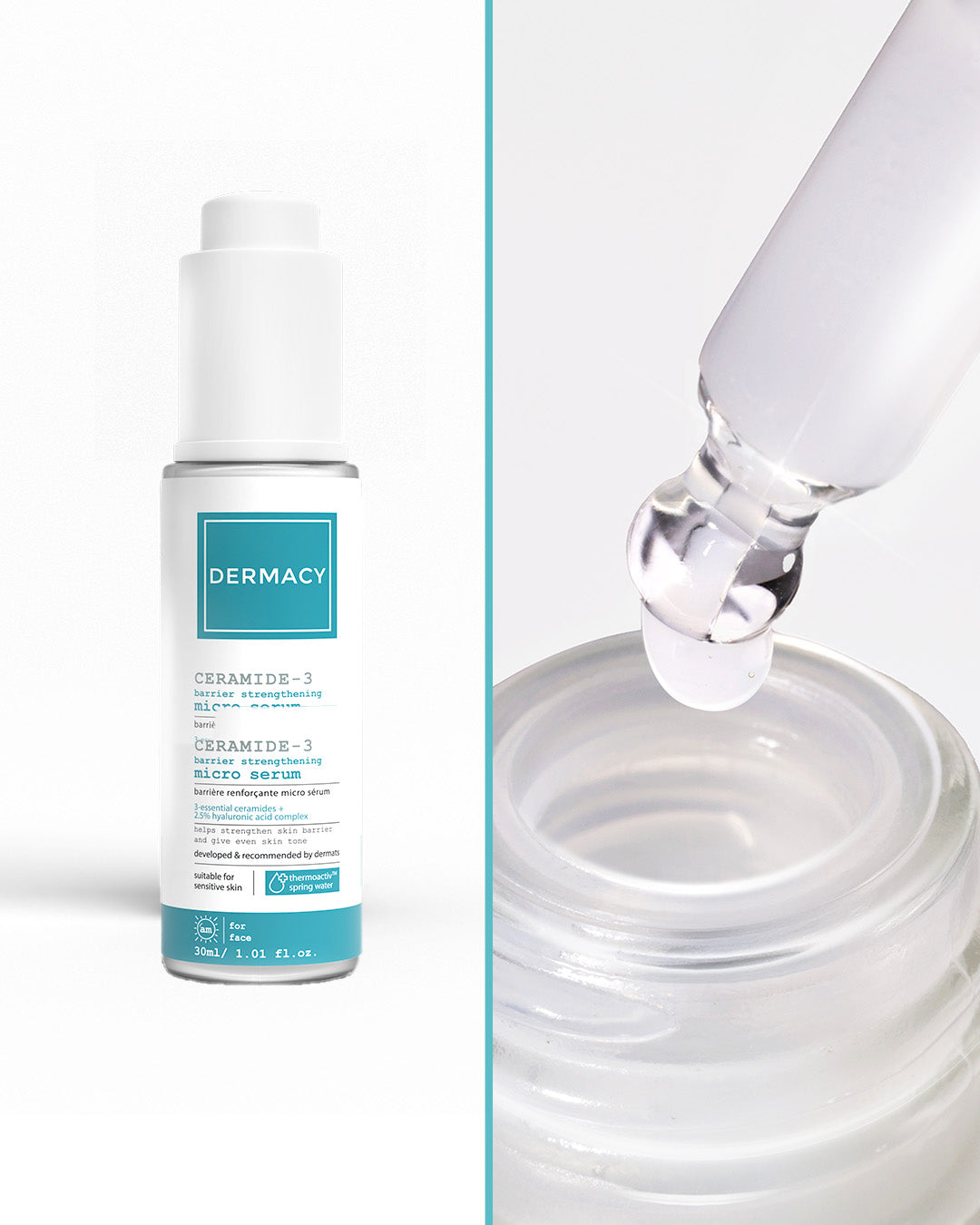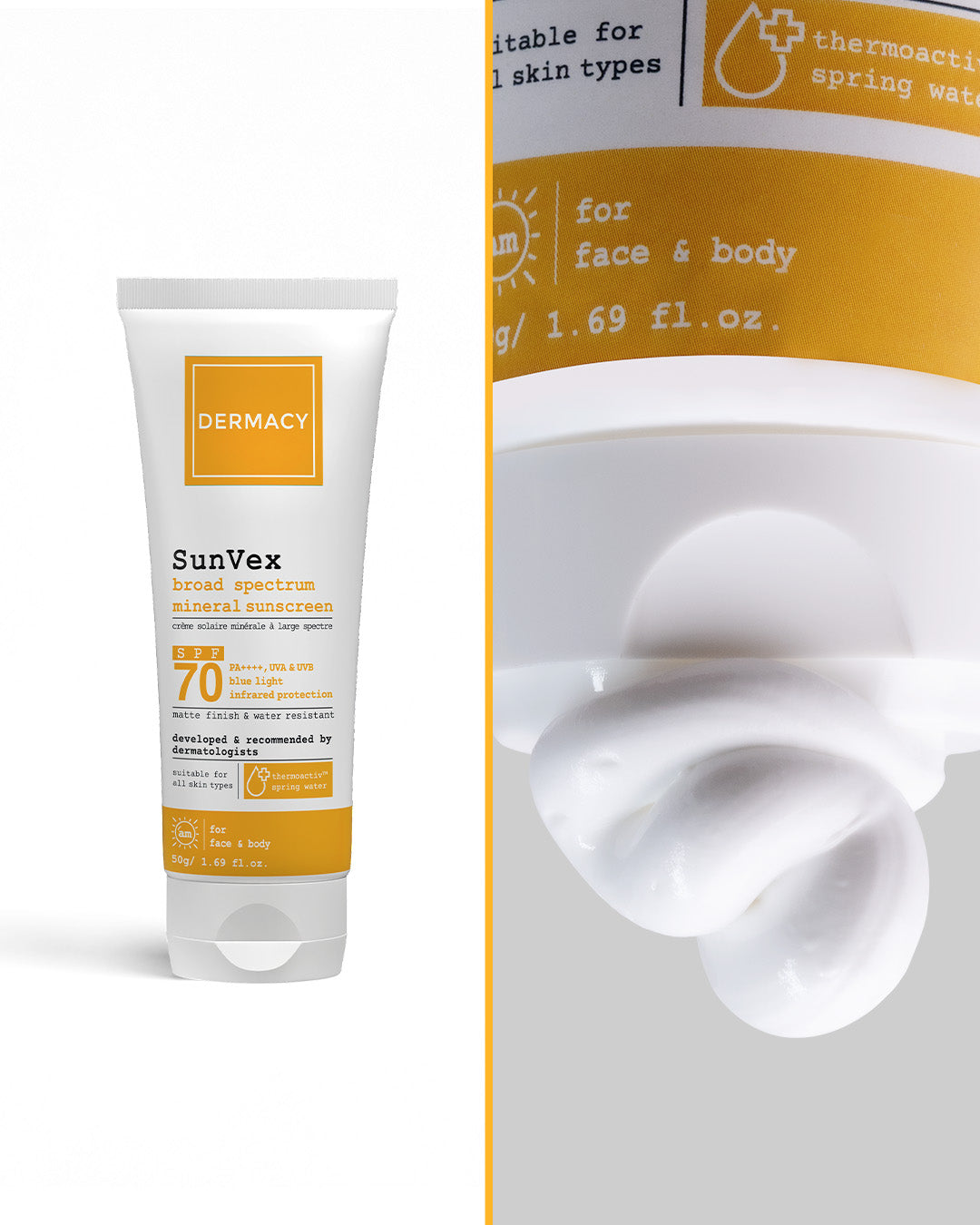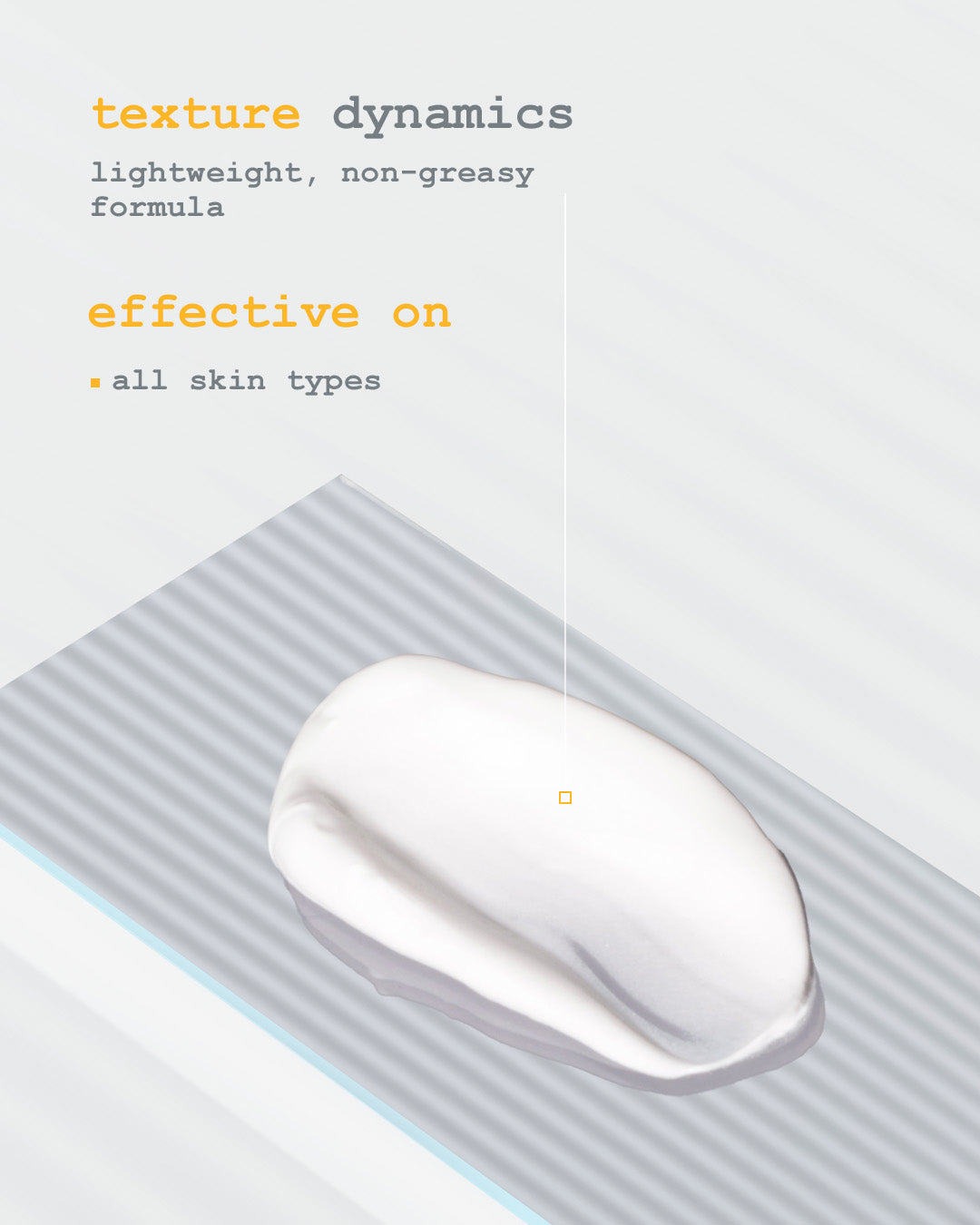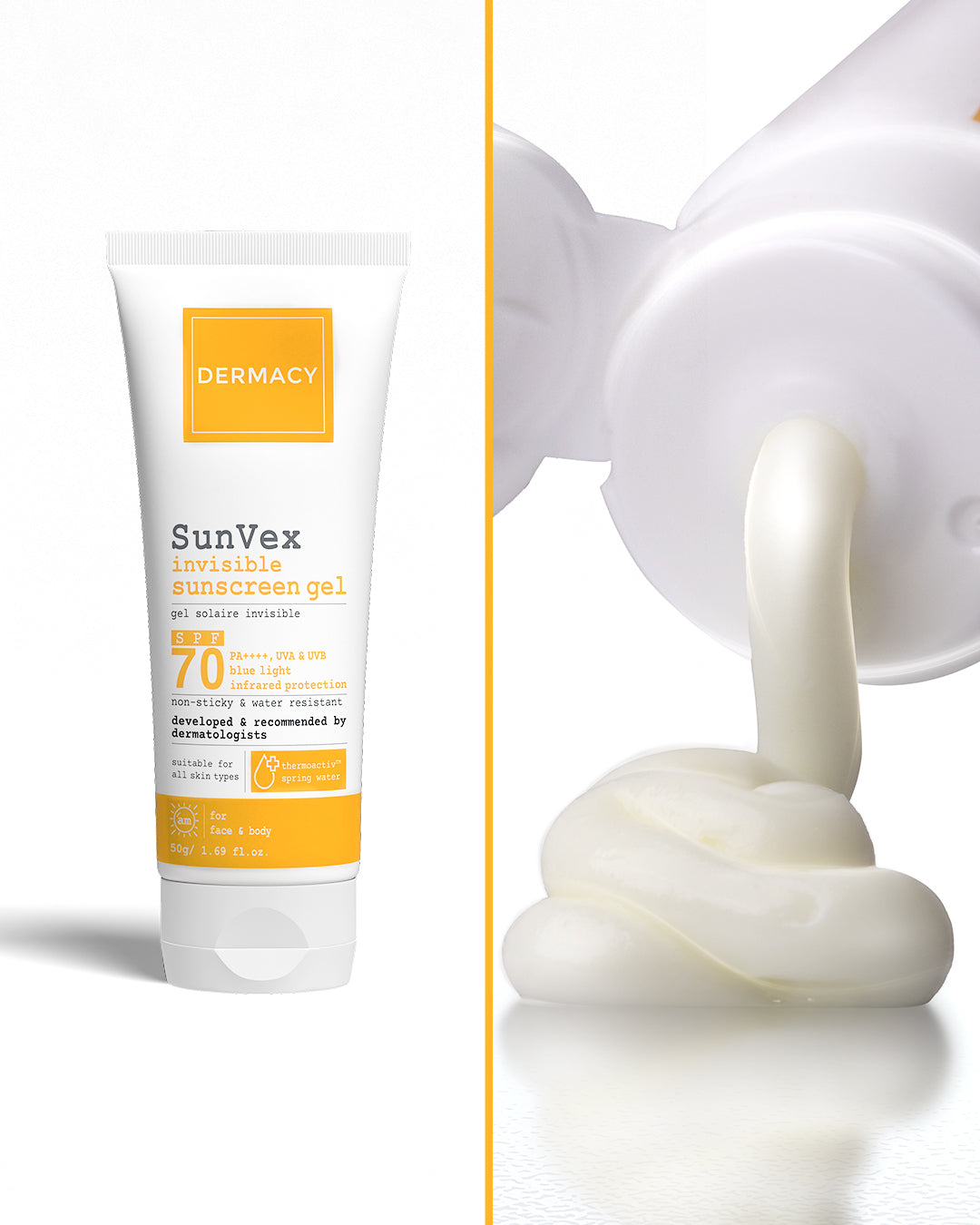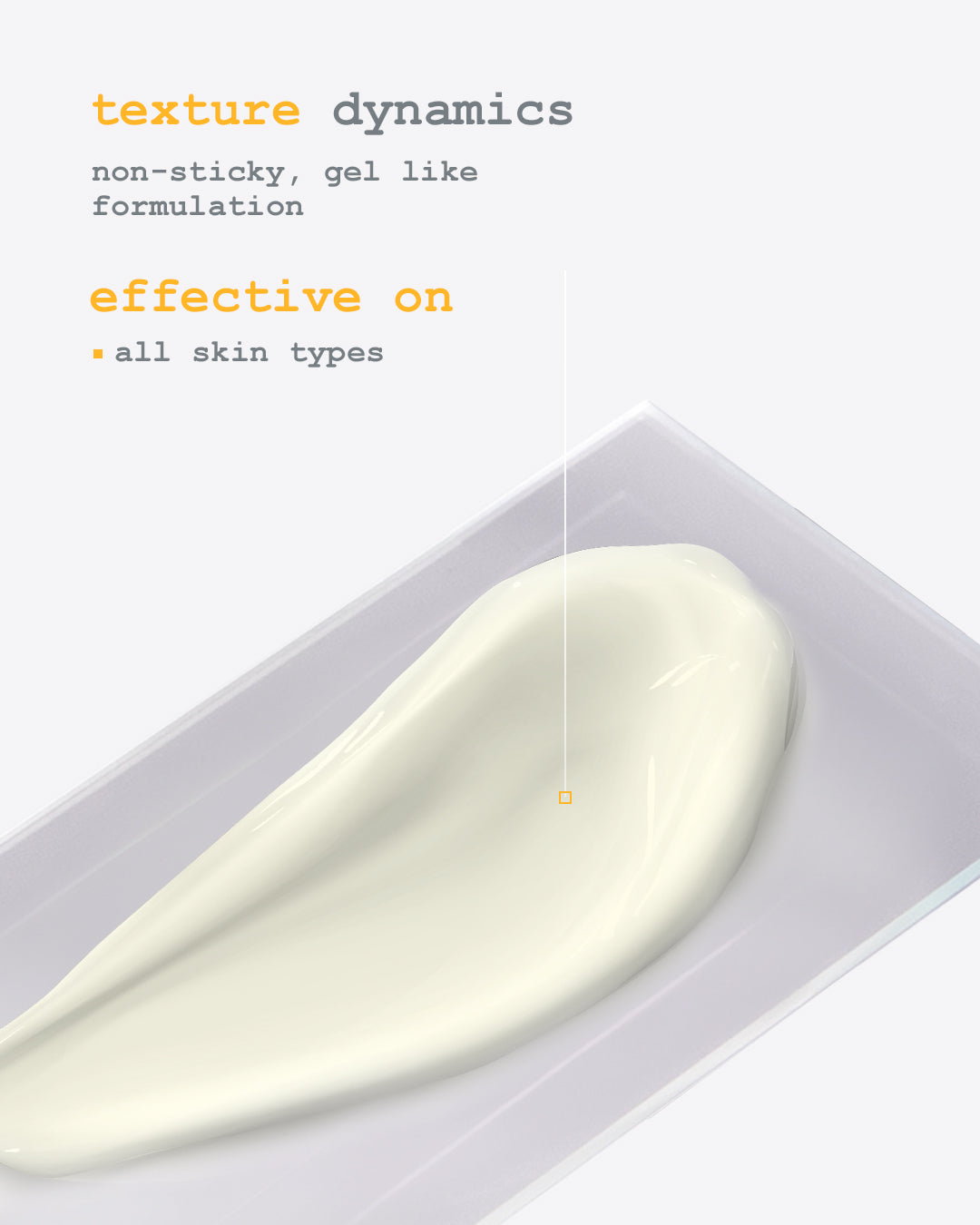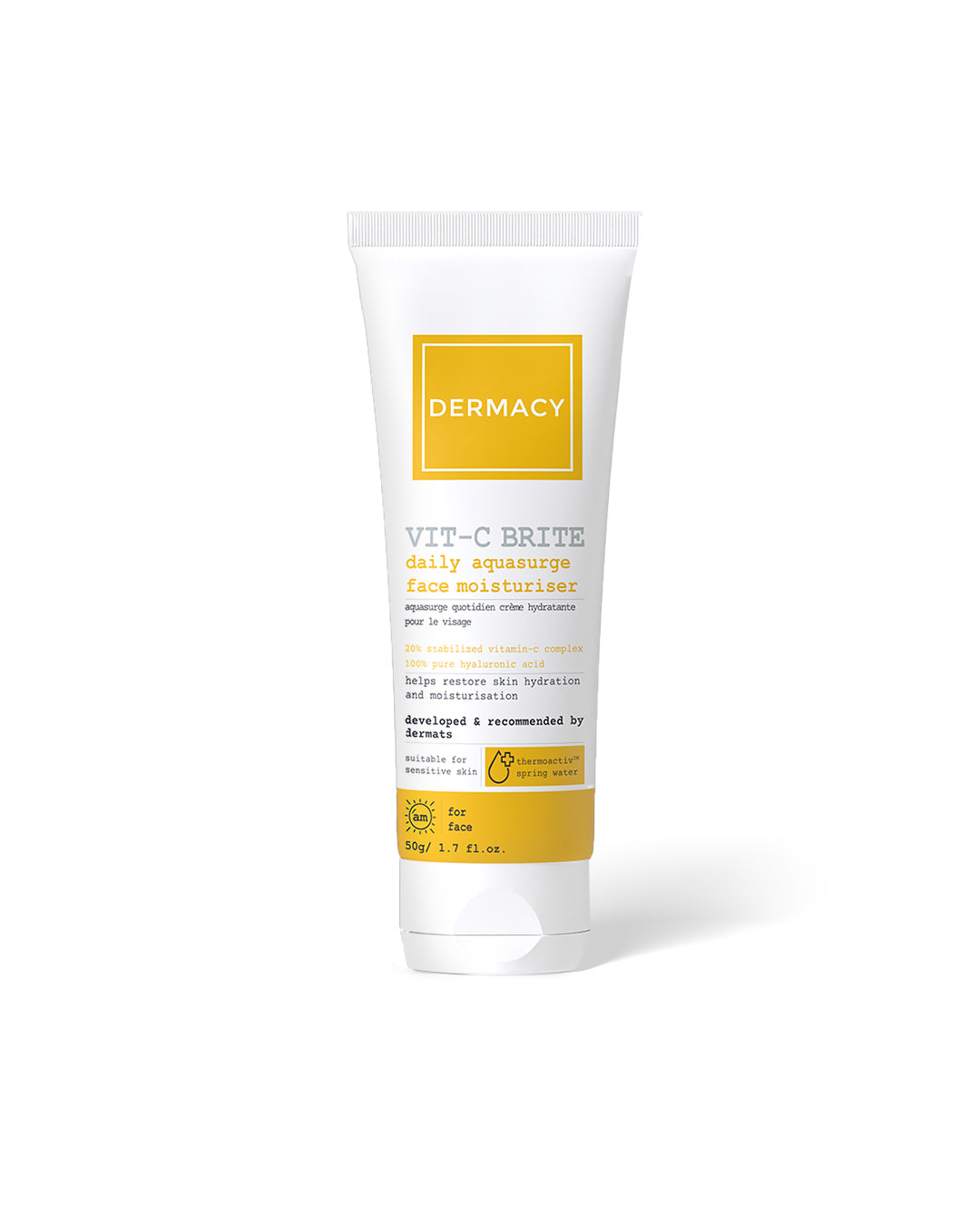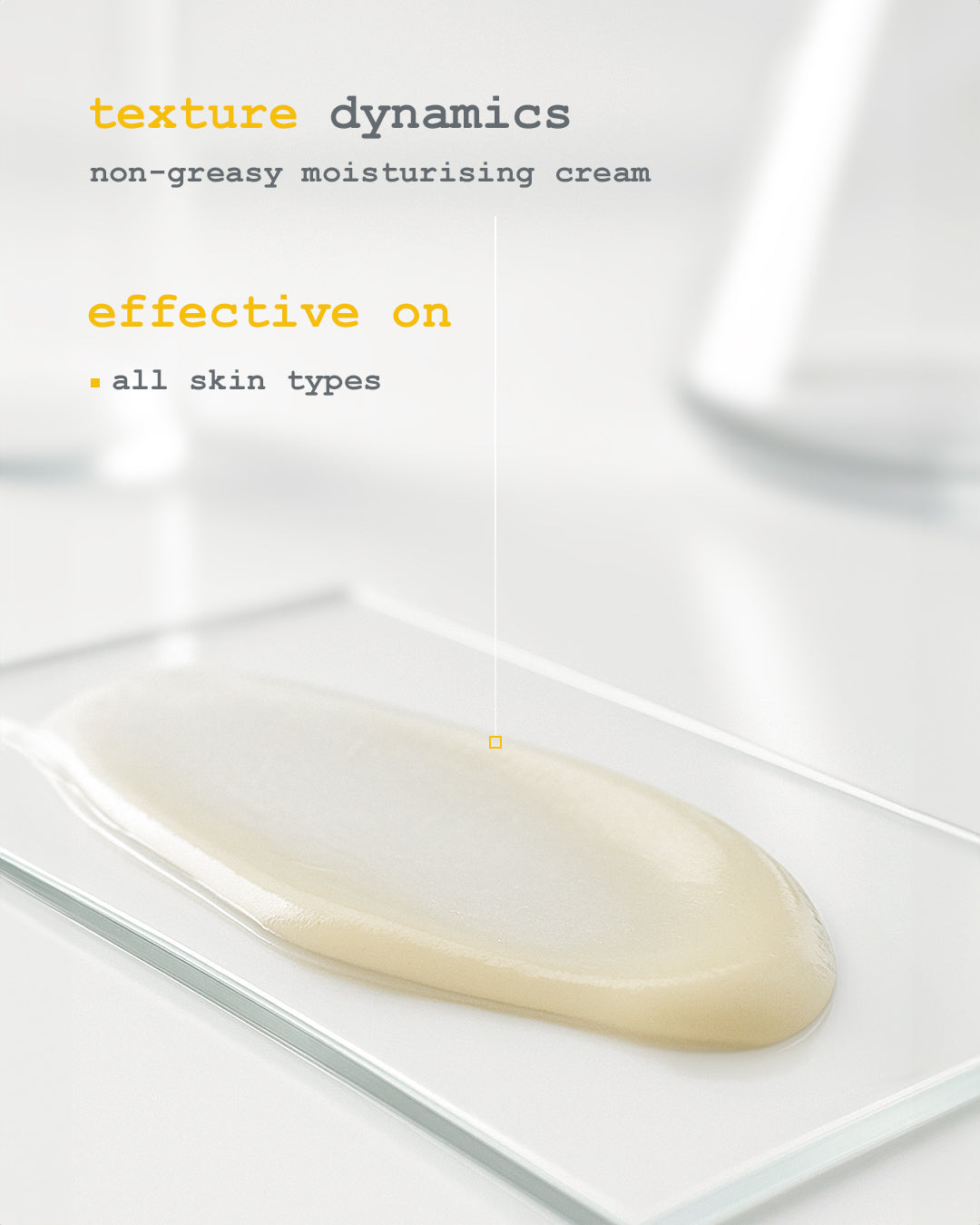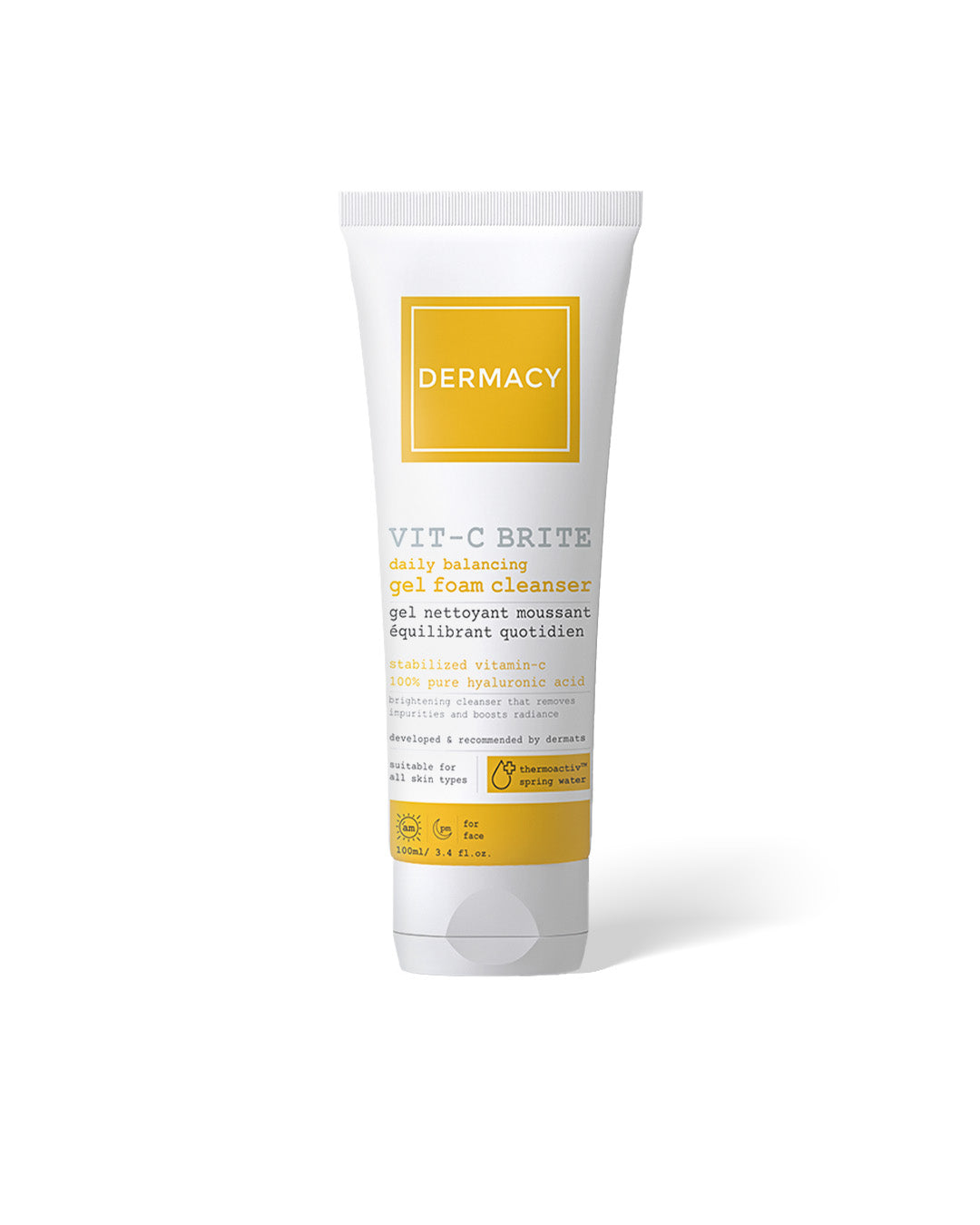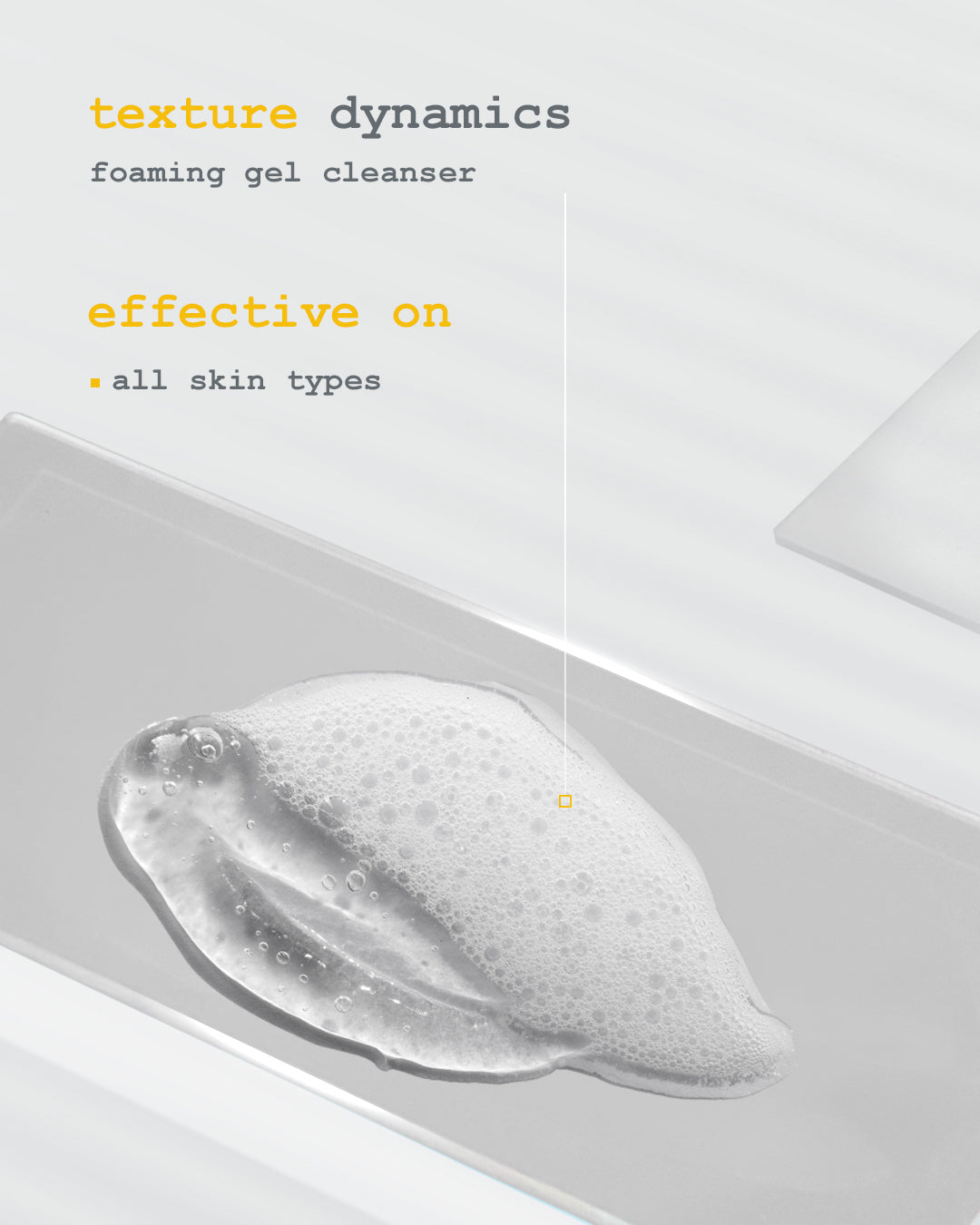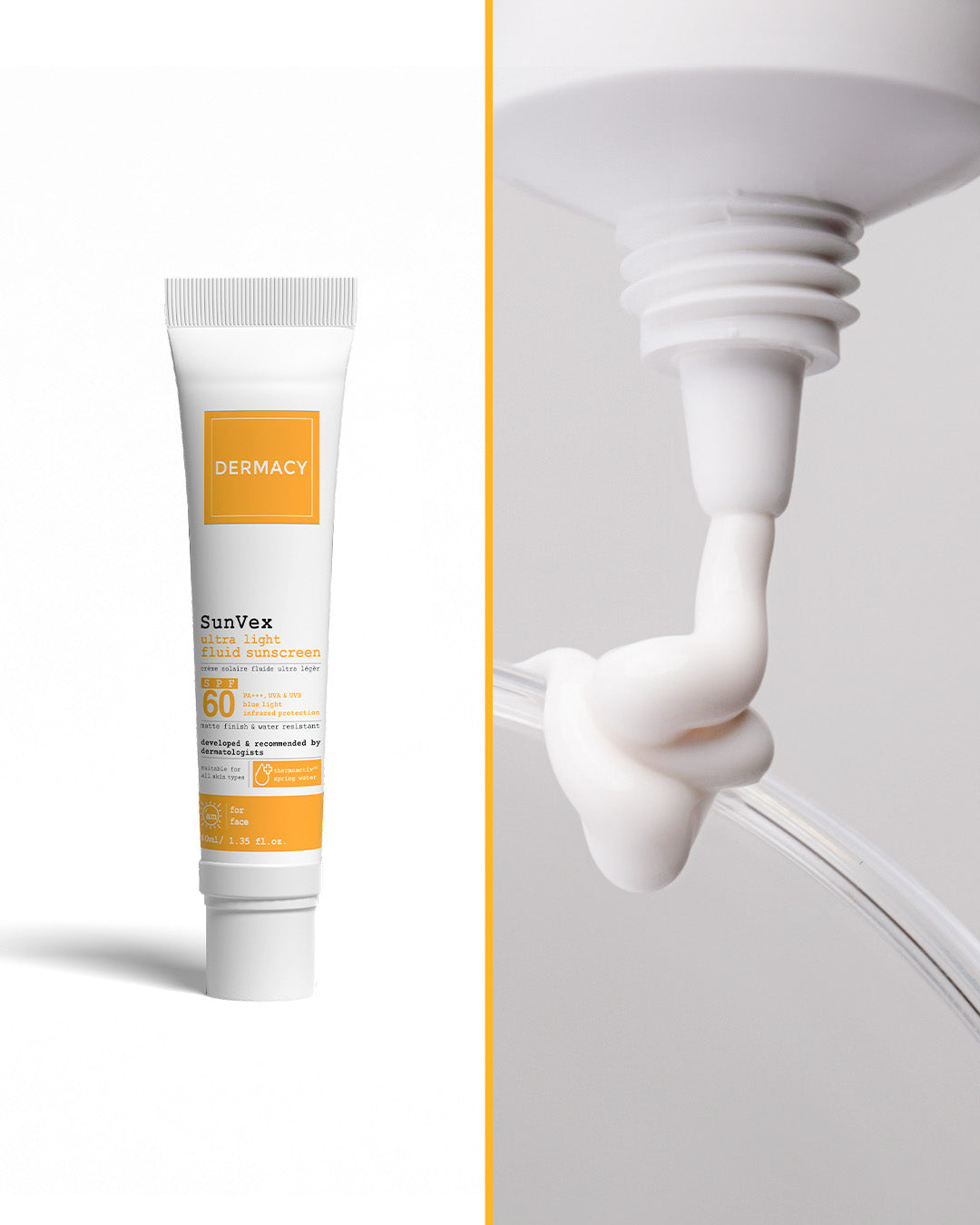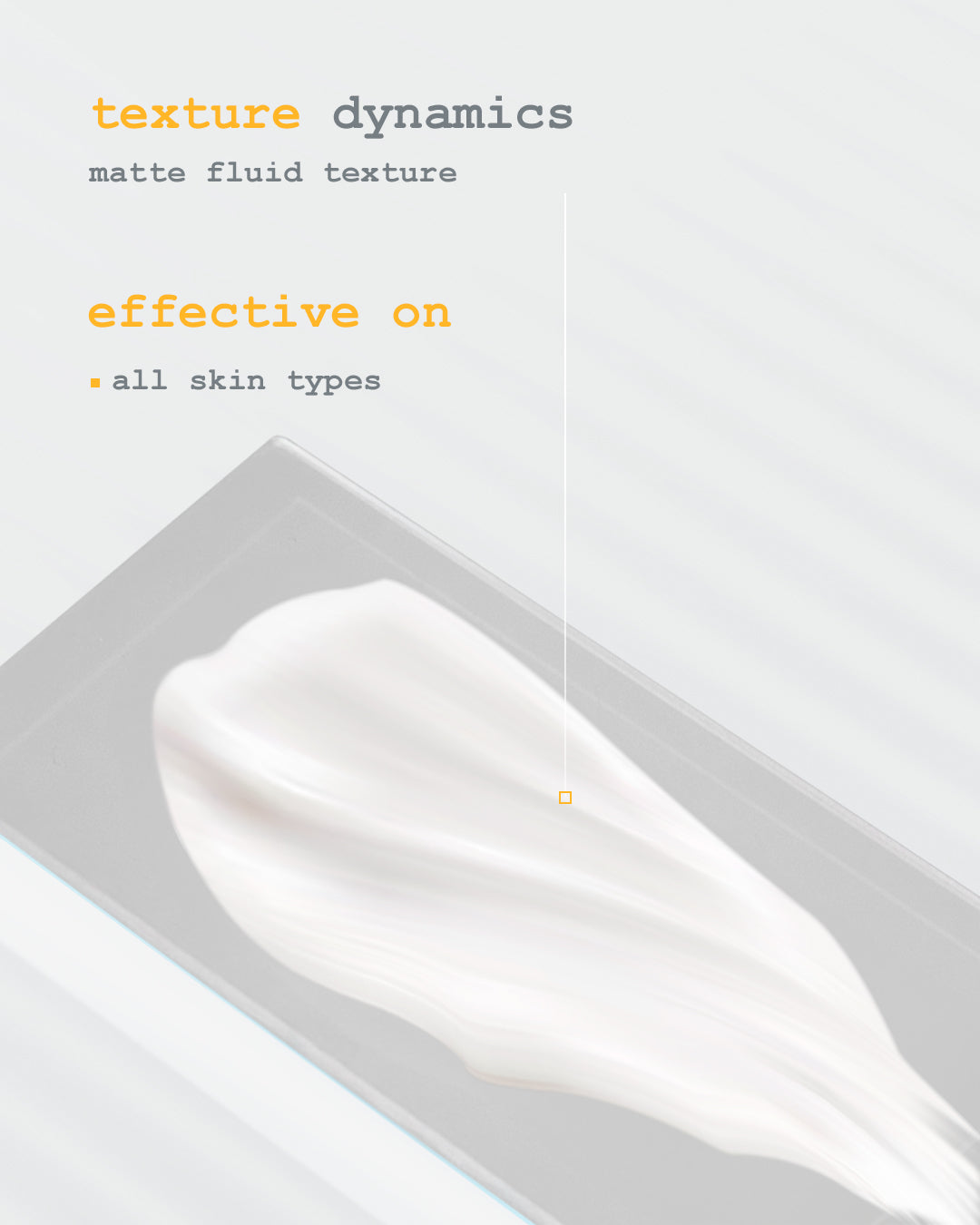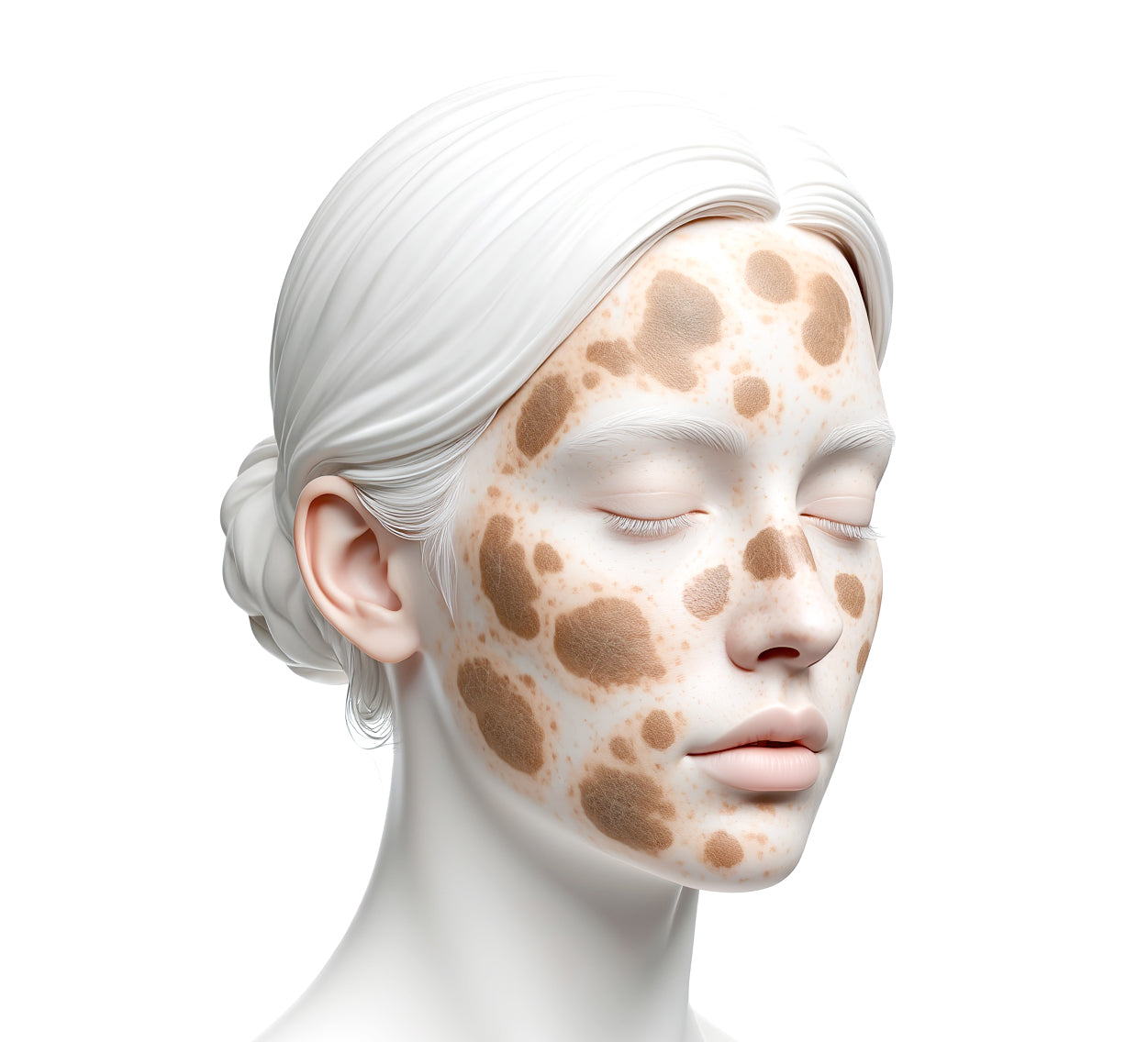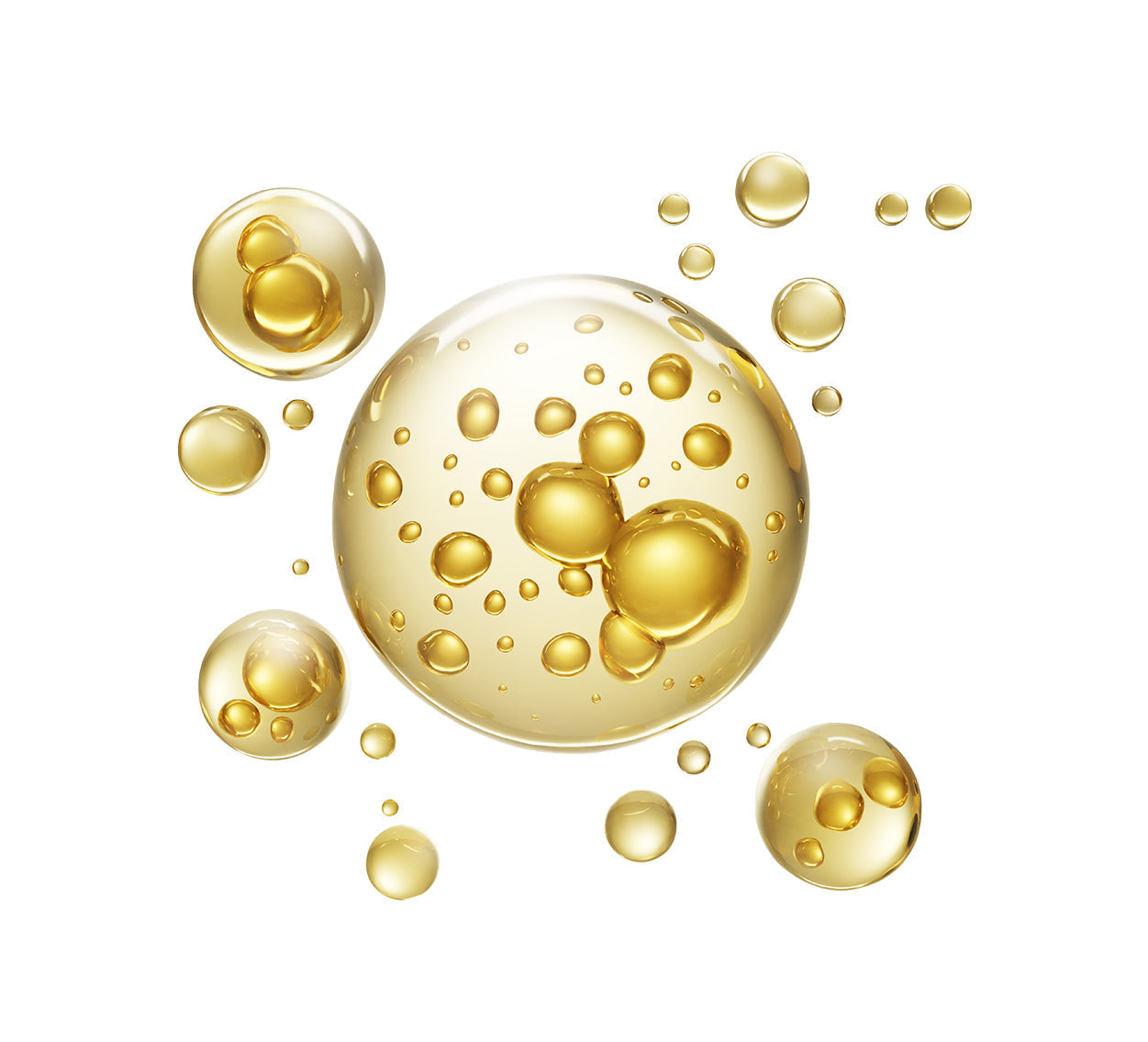Eczema: A Clinical Look at Inflammation, Skin Barrier Damage, and Long-Term Management
The Pathophysiology of Eczema
At the cellular level, eczema symptoms stem from a compromised epidermal barrier, increased transepidermal water loss (TEWL) *Blog backlink on TEWL*, and hyperactive immune signaling. In many individuals, a mutation in the filaggrin gene weakens the skin’s ability to retain moisture and protect against allergens.
This impaired defense allows irritants and microbes to penetrate more easily—triggering inflammation, redness, and chronic itch.
Common Eczema Symptoms
- Persistent dryness and scaling
- Redness and visible irritation
- Intense itching, especially at night
- Skin thickening from scratching
- Burning or stinging upon application of products
- In some cases, secondary infections due to barrier compromise
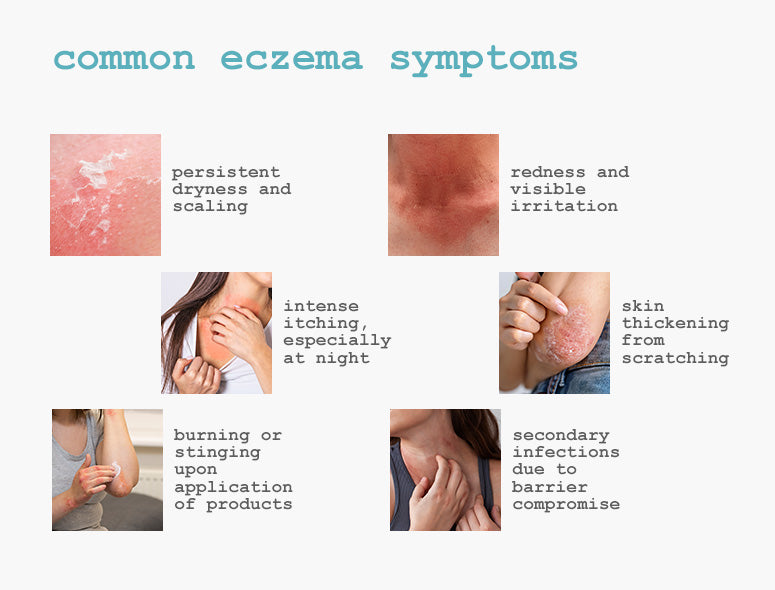
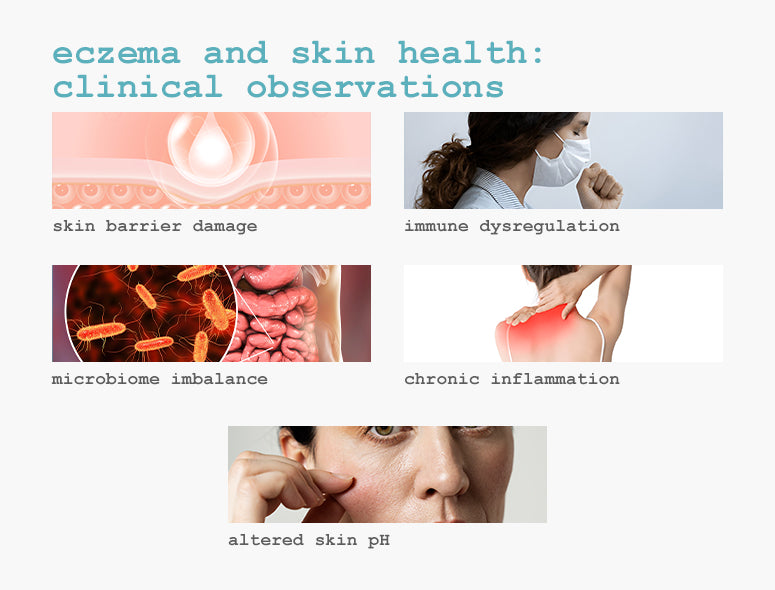
Eczema and Skin Health: Clinical Observations
✔ Skin Barrier Damage – Reduced ceramides *blog backlink on CERAMIDES* and lipids lead to dehydration and vulnerability
✔ Immune Dysregulation – Overactive immune responses trigger ongoing inflammation
✔ Microbiome Imbalance – Disruption by Staphylococcus aureus increases flare-ups
✔ Altered Skin pH – Higher pH weakens lipid organization and impairs repair mechanisms
✔ Chronic Inflammation – Leads to long-term barrier dysfunction and sensitivity
How to Treat Eczema
Effective management of eczema goes beyond hydration—it requires a consistent, barrier-focused approach. Here's how to treat eczema clinically:
Cleanse gently – Use sulfate-free, fragrance-free cleansers that won’t strip the skin
Moisturize frequently – Apply emollient-rich creams with ceramides, humectants, and fatty acids *blog
backlink on FATTY ACIDS*
Protect from UV – Use mineral sunscreen daily to minimize inflammation from sun exposure
Avoid known triggers – Eliminate allergens, fragrances, and harsh exfoliants from the routine
Barrier-Supportive Ingredients for Eczema-Prone Skin
Ceramides – Restore lipid balance and improve resilience
Glycerin & Hyaluronic Acid *blog backlink on HYALURONIC ACID* – Draw moisture into the skin and prevent TEWL
Niacinamide – Calms redness and regulates immune response
Panthenol (Provitamin B5) – Reduces discomfort and promotes healing
Prebiotics – Support a balanced skin microbiome
Dermatologist Recommends
Managing eczema symptoms means building a routine around barrier repair *blog backlink on SKIN BARRIER*, microbiome balance, and anti-inflammatory care. Dermacy’s dermatologist-developed skin care range skin collection is formulated keeping in mind sensitive skin.
Ceramide-3 Barrier Strengthening Micro Serum *PRODCUT BACKLINK*
A water-light serum enriched with niacinamide *blog backlink on NIACINAMIDE*, multi-lipids, and ThermoActiv™ Spring Water. Helps calm redness, reduce inflammation, and strengthen the skin barrier with daily use.
Ceramide-3 Skin Refining Face Moisturising Cream *PRODCUT BACKLINK*
A daily-use moisturizer containing 3 Essential Ceramides and 2.5% Hyaluronic Acid. Designed to hydrate, soothe, and support eczema-prone skin.
Ceramide-3 Deep Nourishing Body Lotion *PRODCUT BACKLINK* 8
A deeply moisturizing body formula powered by glycerin, aloe vera *blog backlink on ALOE VERA*, and ceramides. Helps reduce itchiness, replenishes lost lipids, and supports long-term skin barrier repair.
Together, these products provide a complete routine for those managing eczema and barrier-compromised skin.
Final Takeaway
Eczema is not just dry skin—it is a chronic condition rooted in skin barrier damage and immune dysfunction. Understanding the difference between atopic dermatitis *Blog backlink on ATOPIC DERMATITIS* vs eczema, recognizing key eczema symptoms, and knowing how to treat eczema with evidence-based routines can help manage flare-ups and prevent long-term damage.
With the right barrier-focused care, consistent moisturization, and inflammation control, eczema-prone skin can become calmer, stronger, and visibly healthier over time.





